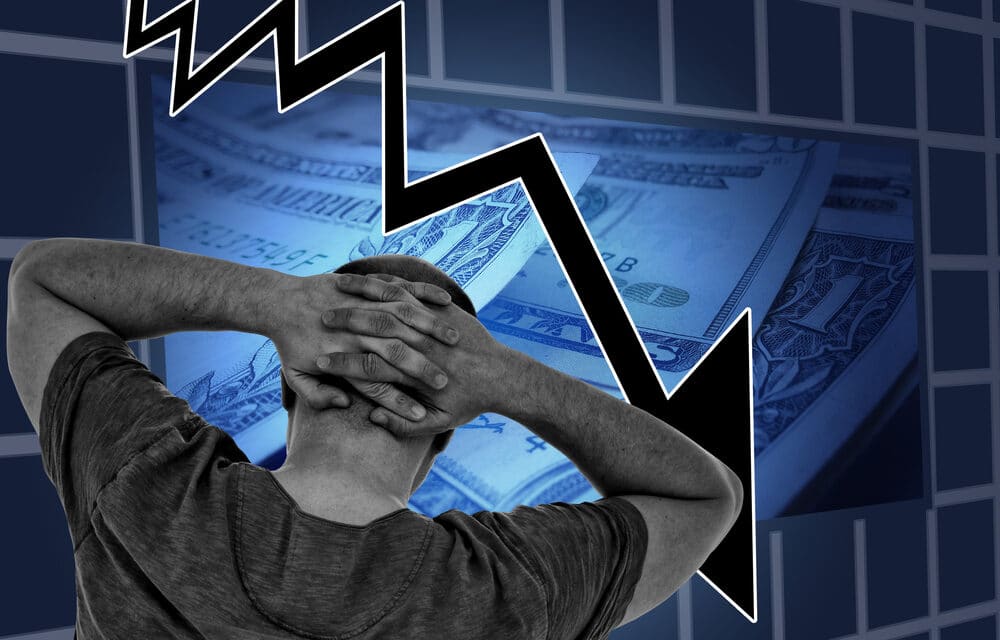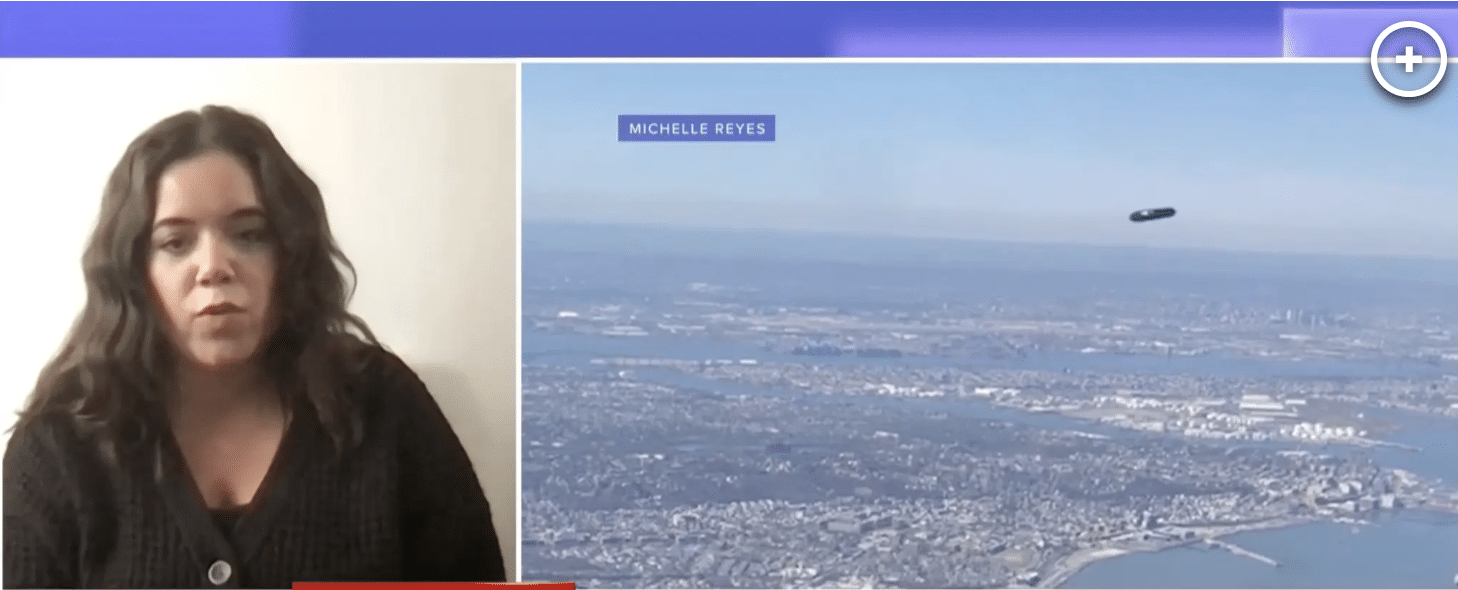The Dow Jones Industrial Average tumbled below the key 30,000 level on Thursday as investors worried the Federal Reserve’s more aggressive approach toward inflation would bring the economy into a recession.
According to CNBC, The Dow had rallied on Wednesday after the Fed announced its largest rate hike since 1994, but reversed those gains and then some on Thursday, tumbling to the lowest level since January 2021.
The Dow dropped 2.4%, or 740 points. The S&P 500 slipped 3.1%, while the Nasdaq Composite slid 3.8%. The major averages entered Thursday’s session down 4.5%, 5.7% and 5.6%, respectively, for the week and well below record levels.
The S&P 500 and Nasdaq Composite are both in bear market territory, down roughly 23% and 34% from their all-time highs in January and November, respectively. The Dow, meanwhile, is about 19% below its Jan. 5 all-time intraday high.
“The Fed has a very tight needle to thread here and I think investors and the market, in general, are losing a good deal of confidence that the Fed might be able to do that,” said Ryan Detrick, chief market strategist at LPL Financial. “The truth is, the Fed is probably behind the eight ball. They should have been hiking more aggressively — probably starting late last year looking back — and the market is realizing that.”
The Dow on Thursday traded below 30,000 for the first time since Jan. 4, 2021 after first breaking above that level for the first time in November 2020. That came as the emergence of Covid-19 vaccines and massive stimulus from the Fed fueled a broader market rally — led by tech shares — and took the major averages to then-record highs.
Breaking above the 30,000 mark put the Dow more than 60% above its pandemic closing low at the time. While 30,000 isn’t necessarily a technical level for the Dow, these round 1,000-point thresholds are seen by many on Wall Street as key psychological levels for the market.

















